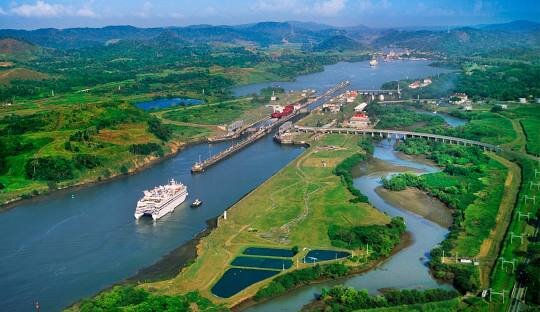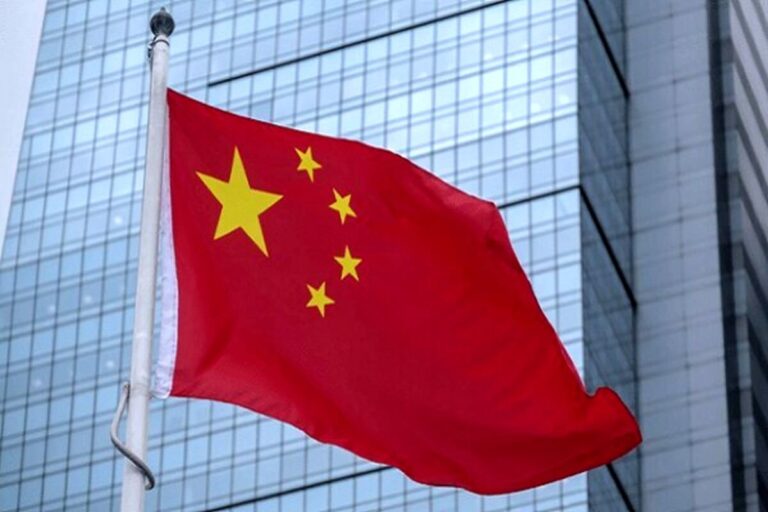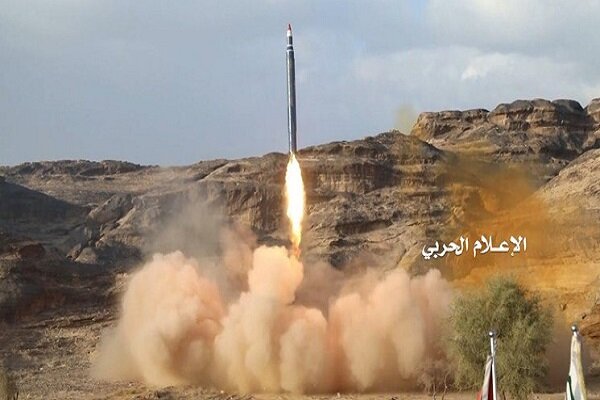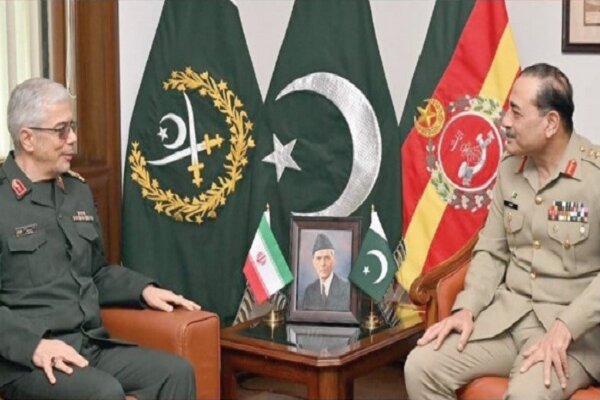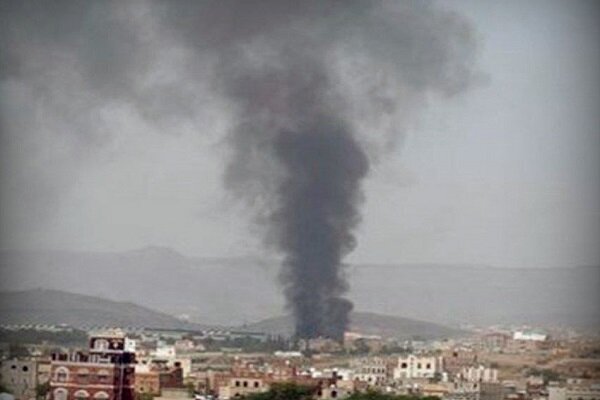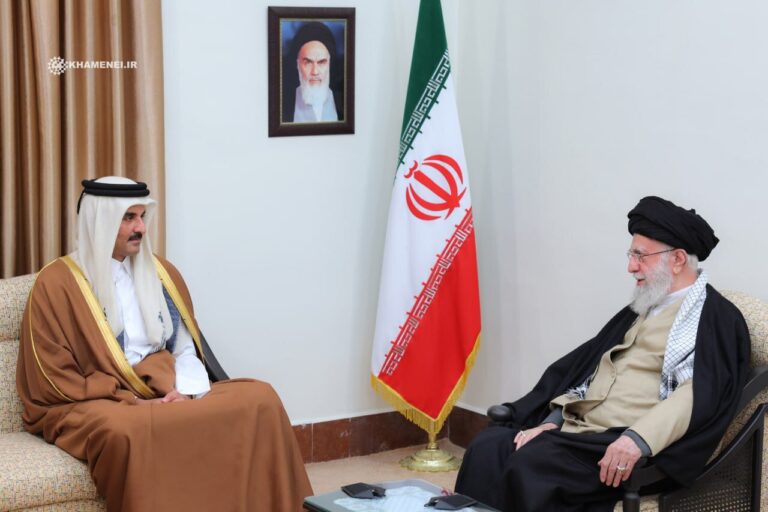Unraveling the Power Players: Who Really Controls the Panama Canal?
In recent discussions, former President Donald Trump has articulated a controversial ambition to reclaim U.S. ownership of the Panama Canal. This critical maritime passageway, which was handed over to Panama in 1999 following a treaty, is pivotal for international trade and U.S. supply chains. The implications of such a desire raise significant concerns regarding international sovereignty and U.S. foreign policy.
The Panama Canal, a vital artery of global commerce, is approximately fifty-one miles long and connects the Atlantic and Pacific Oceans. Its strategic importance cannot be overstated, as it enables ships to avoid the lengthy journey around South America, thus saving both time and money. In fact, over thirteen thousand vessels—accounting for about 5 to 6 percent of global trade—transit through the canal each year.
- Economic Significance: The Panama Canal plays a crucial role in the economies of both the U.S. and Panama. The United States is the canal’s largest user, with around 40 percent of its container traffic passing through annually.
- Impact on Panama: The canal’s revenue contributes significantly to Panama’s economy, representing approximately 4 percent of its Gross Domestic Product (GDP) in 2024.
- International Users: Other major users include countries such as Chile, China, Japan, and South Korea.
In 2023, the Panama Canal Authority raised transit fees and limited the number of ships allowed to cross daily due to historically low water levels caused by drought. While water levels have improved, experts stress the necessity for new investments in the canal’s water management systems to combat the effects of climate change and extreme weather events that threaten global supply chains.
Trump’s motivations for wanting to retake control of the canal stem from allegations that Panama charges excessive fees for U.S. ships. He has claimed that the canal was “foolishly” relinquished by President Jimmy Carter through the Torrijos-Carter Treaties signed in 1977. Furthermore, Trump has suggested that China exerts secretive control over the canal and has not ruled out the use of military force to regain control.
According to Will Freeman, a fellow at the Council on Foreign Relations, “Trump seems to be making an example out of Panama with the goal of getting other regional leaders to think twice before they take any bold steps to deepen ties with Beijing.”
Despite Trump’s claims, there is no verifiable evidence to suggest that the Chinese government controls the Panama Canal. However, a subsidiary of CK Hutchison Holdings, a prominent Hong Kong-based conglomerate, has managed two key ports at Balboa and Cristóbal since 1997. Experts express concerns about potential Chinese influence over these ports, especially given that Beijing’s national security laws extend to Hong Kong.
Former Republican Senator Marco Rubio, who is now Trump’s Secretary of State, has voiced his apprehensions regarding Chinese influence over the canal. During his Senate confirmation hearing, Rubio stated that Beijing’s expansion of Chinese-owned companies poses a risk of turning the canal into a choke point during conflicts, thereby threatening U.S. national security interests.
Over the last two decades, China has fostered robust economic relationships with numerous Latin American countries, becoming the region’s top trading partner. Additionally, China is a significant source of foreign direct investment and infrastructure funding through initiatives like the Belt and Road Initiative, which Panama is part of. Chinese involvement in Panama extends to various infrastructure projects, including a cruise-ship terminal and a convention center.
The historical context of U.S. involvement with the Panama Canal is noteworthy. The U.S. gained the right to construct the canal in 1903 after supporting Panama’s separation from Colombia. The canal opened in 1914 and was under U.S. control until 1977 when President Carter negotiated its transfer amidst rising demands for Panamanian sovereignty. The Torrijos-Carter Treaties established joint authority over the canal until the U.S. fully relinquished control in 1999, transferring authority to the Panama Canal Authority.
However, this transfer was not without controversy. Many U.S. lawmakers opposed giving up control, arguing it undermined American influence in the region. Ronald Reagan, during his 1976 presidential campaign, contended that the U.S. was the “rightful owner” of the canal. Many policymakers believed maintaining control was essential for ensuring uninterrupted access to global shipping routes and safeguarding U.S. economic interests.
Under the treaties, the U.S. retains the right to respond to military threats against the canal’s neutrality, but this does not grant Washington the ability to unilaterally reclaim ownership. Experts caution that any attempt to do so would violate international law. Currently, many view the treaties as a turning point in U.S.-Latin American relations.
In response to Trump’s assertions, Panamanian President José Raúl Mulino firmly dismissed the notion of revisiting canal ownership discussions, emphasizing that there is no possibility of such conversations. He also denied any Chinese involvement in canal operations and clarified that shipping fees are uniformly calculated for all vessels passing through.
As the dialogue around the Panama Canal continues, the implications of Trump’s comments highlight the complex interplay of international relations, economic interests, and national security in the region.
